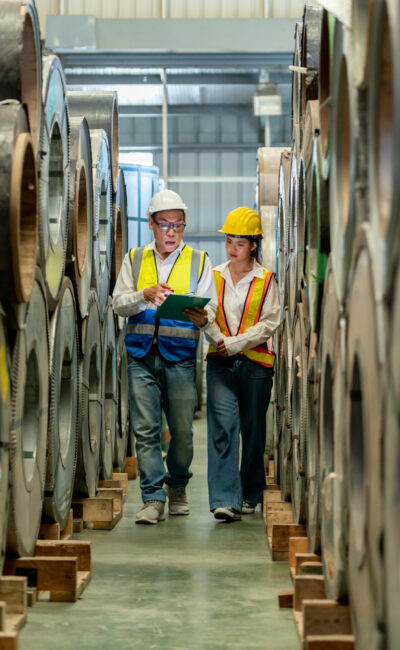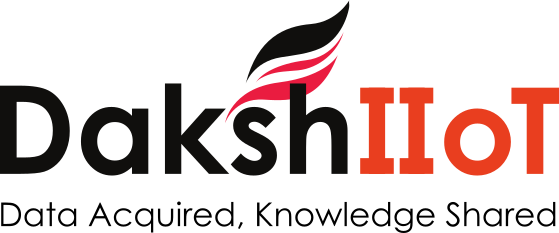Using Daksh IIoT, your systems can be monitored & vetted thoroughly for V.E.T (Vibrations, Electricals, Temperatures) to sense and predict any maintenance issues with your plant or machinery thus preventing breakdowns.
A Condition-Based Monitoring (CBM) system in the context of Industry 4.0 is a predictive maintenance approach that utilizes advanced technologies and data analytics to monitor the condition of machinery and equipment in real-time or near real-time. The primary goal of DakshIIoT’s CBM System is to detect early signs of equipment degradation or failure so that maintenance can be performed proactively, minimizing downtime, reducing maintenance costs, and optimizing overall operational efficiency. Here’s how it works and how it can be applied in a factory setting:
- Data Collection: CBM systems collect data from various sensors and sources throughout the factory. These sensors can measure parameters such as temperature, pressure, vibration, sound, humidity, and more. In some cases, data may also be collected from equipment controllers and maintenance logs.
- Data Transmission: Data from sensors and other sources are transmitted to a central system, often using IoT (Internet of Things) technology. This data can be transferred via wired or wireless connections to ensure real-time or near real-time monitoring.
- Data Processing: The collected data is processed in real-time or near real-time using advanced analytics and machine learning algorithms. These algorithms analyze the data to identify patterns, anomalies, or deviations from normal operating conditions.
- Condition Assessment: Based on the analysis of the data, the CBM system assesses the current condition of the machinery or equipment. It can classify the equipment’s condition as “healthy,” “warning,” or “critical.”
- Predictive Maintenance: CBM systems use predictive modeling to estimate when a piece of equipment is likely to fail or require maintenance. This helps maintenance teams schedule maintenance activities at the most convenient and cost-effective times, avoiding unplanned downtime.
- Alerts and Notifications: When the CBM system detects an anomaly or predicts an impending issue, it generates alerts and notifications. These alerts can be sent to maintenance personnel or managers via email, SMS, or other communication channels.
- Remote Monitoring: In many cases, CBM systems allow for remote monitoring, enabling maintenance teams to assess equipment conditions and troubleshoot problems without physically inspecting the equipment.

Application in Factory Machines:
CBM systems can be applied to various types of factory machines and equipment, including:
- Rotating Equipment: This includes pumps, motors, turbines, and compressors. Vibration sensors and thermocouples can monitor their condition.
- Conveyor Systems: CBM can be used to monitor the condition of conveyor belts, rollers, and drive systems.
- Production Lines: Monitoring critical components of production lines, such as robotic arms, sensors, and actuators, can help prevent unexpected breakdowns.
- Heavy Machinery: In industries like mining and construction, CBM can be applied to heavy machinery like excavators, bulldozers, and cranes.
- HVAC Systems: Heating, ventilation, and air conditioning systems can benefit from CBM to ensure efficient operation.
Overall, a well-implemented DakshIIoT’s CBM system can lead to significant cost savings, increased productivity, and improved product quality in factory settings as it enables proactive maintenance and reduces unplanned downtime.

